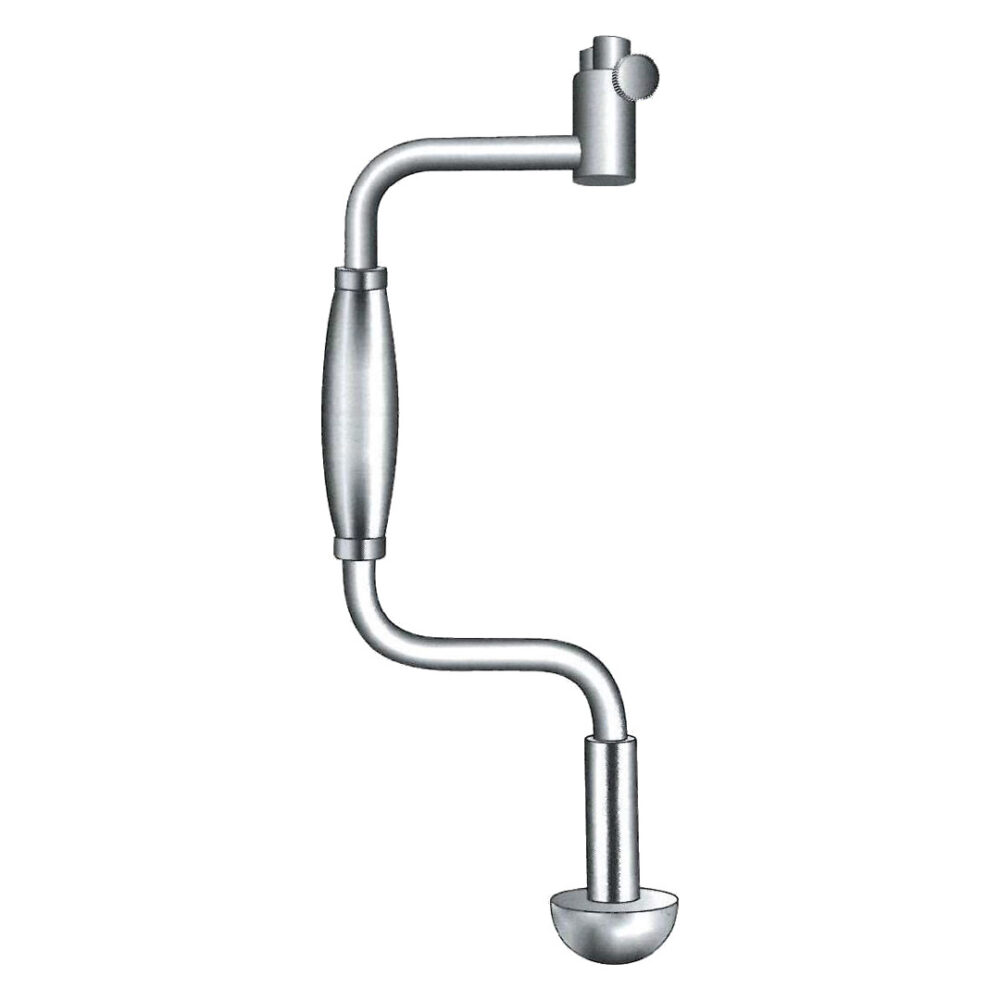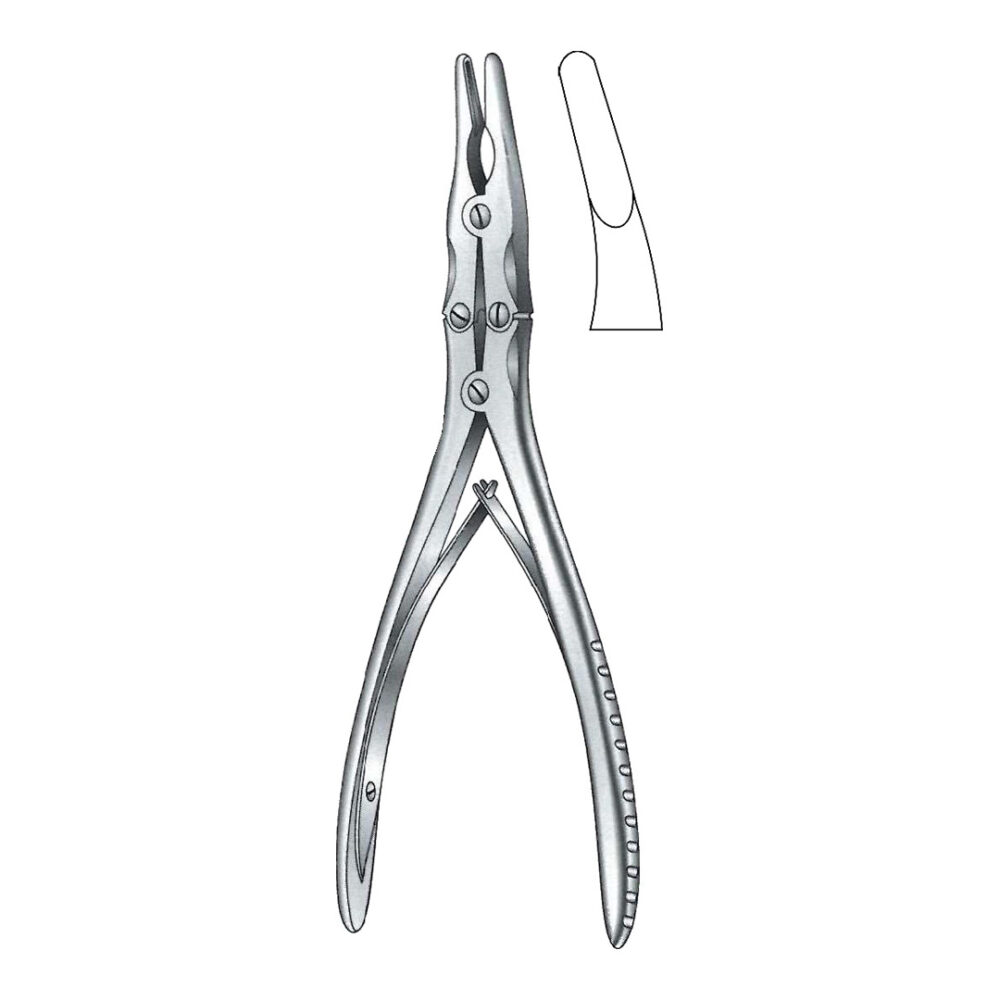Description
In the realm of surgical precision, every instrument plays a pivotal role in achieving successful outcomes. One such instrument that stands out is the Key Periosteal Elevator. This article delves into the significance and advantages of this indispensable tool in the surgical domain.
Understanding the Key Periosteal Elevator
The Key Periosteal Elevator is a versatile instrument designed to lift soft tissues, particularly periosteum, from bone surfaces during surgical procedures. Its ergonomic design and precision tip enable surgeons to maneuver with accuracy, ensuring optimal tissue separation without causing damage.
Enhancing Surgical Efficiency
By incorporating the Key Periosteal Elevator into surgical protocols, healthcare professionals experience heightened efficiency. Its ability to delicately lift tissues reduces procedure time while maintaining a high level of precision, ultimately leading to improved patient outcomes.
Advantages in Bone Surgery
In bone surgeries, the Key Periosteal Elevator proves invaluable. Its gentle yet effective approach in separating periosteum from bone surfaces minimizes trauma, promotes faster healing, and reduces the risk of post-operative complications.
Optimizing Tissue Preservation
Preserving delicate tissues is paramount in surgical interventions. The Key Periosteal Elevator’s design prioritizes tissue preservation, ensuring minimal disruption to surrounding structures and promoting a smoother recovery process for patients.
Enhanced Surgical Maneuverability
The Key Periosteal Elevator’s ergonomic handle and precise tip offer surgeons enhanced maneuverability, allowing for intricate tissue manipulation with ease. This feature is particularly beneficial in complex surgical procedures that require intricate tissue handling.
Conclusion
The Key Periosteal Elevator stands as a testament to innovation in surgical instrumentation. Its role in enhancing surgical precision, efficiency, and tissue preservation underscores its significance in modern healthcare practices. Incorporating this instrument not only improves procedural outcomes but also contributes to a higher standard of patient care, making it an indispensable tool in the surgical arsenal.











